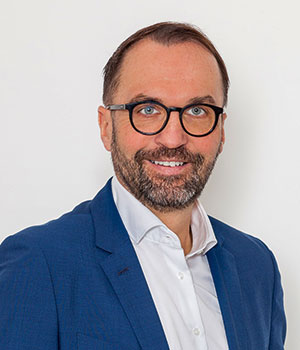Mr. Hofer, your company has made a name for itself as a specialist for large and challenging building automation projects. You handle these projects with a manageable amount of manpower. How do you achieve that?
From the very outset, our goal for the future was to automate planning operations to a far greater extent than our competitors. That means we have a high information density to draw on, right from the start of the project. In simplified terms, the process in Eplan is as follows: Instead of drawing, we select and link functions. This involves entering a number of parameters and quickly produces a data model, on a largely automated basis, from which we can extract the necessary documentation.
How do you achieve such a high level of automation?
It’s only possible if the right preliminary work has been done, because the functions and the associated links are then already stored in the system.
How did you come to use Eplan for your building automation planning?
We adopted a future-focused mindset – and Eplan helped us with that. Eplan is a great solution provider. As well as being happy to discuss things with us and listen to our wishes, it has the stated goal of expanding its presence in building automation. That was the starting point for a close working relationship that has enabled us to plan with the kind of speed and precision we now demonstrate on a daily basis.
Are those the two key advantages – speed and precision?
Speed is very important, simply because of the projects’ complexity. These are challenging building projects such as large industrial plants, hospitals and special applications – hydrogen parks, for instance. What’s more, there are far more brownfield projects than greenfield ones, which makes planning even more complex. Precision is equally important, though, because that’s what ensures planning certainty. All the functions and modules we use are tested. Nothing is simply copied and adopted as is. Instead, we add our required functions to the Eplan software ourselves.
